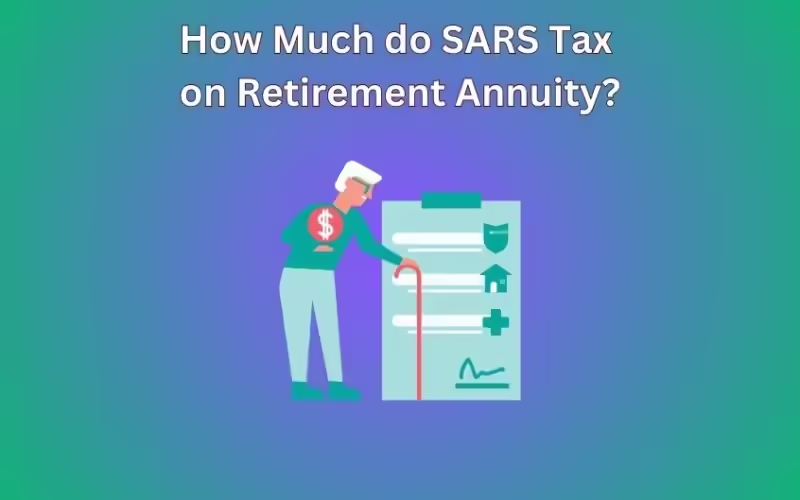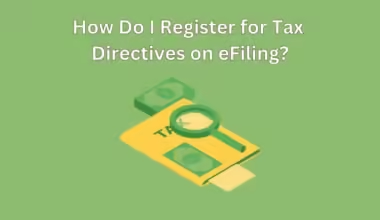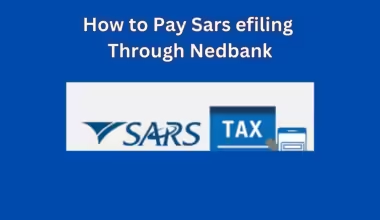The South African Revenue Service, or SARS, is in charge of administering and collecting taxes on behalf of the government. Fuel and environmental levies, income tax, value-added tax (VAT), customs and excise taxes, and other taxes are all included in this category.
The South African Revenue Service (SARS) seeks to protect the integrity of the tax system by making sure that tax laws and regulations are obeyed, improving the effectiveness of tax collection efforts, and reducing instances of fraud and tax evasion.
This entails educating people about their tax obligations, providing them with efficient and practical services, and enforcing tax laws through audits and investigations.
Understanding retirement annuities and related topics is crucial because aging cannot be avoided. This is why the “domain” name is focused on explaining the SARS tax on retirement annuities, including the percentages and tax components.
How much does SARS tax on retirement annuity?
The South African Revenue Service (SARS) taxes retirement annuities differently depending on the amount paid and the individual’s tax bracket. Contributions to a retirement annuity are tax deductible up to a certain amount, while annuity payments earned during retirement are taxed as income.
The current deduction cap is R350,000 per tax year, which is equivalent to 36% of taxable income or compensation, whichever is larger. Put another way, when someone contributes to a retirement account (RA), their taxable income is decreased, which lowers their tax obligation.
A person’s tax bracket and the taxable portion of their payment determine how much tax they pay. The first R500,000 of a person’s retirement benefits are currently tax-free.
- R1-R550 000 0% of income that is taxed
- R550,001– R770,00 18% of taxable income
- R 550,000 – R770,000 27% of taxable income between
- R770,001-R1155,000 36% of taxable income above R1155,000.
Can SARS take my retirement annuity?
The South African Revenue Service, or SARS, is in charge of both tax collection and law enforcement in the country. If no taxes are owed, SARS is unlikely to collect a retirement pension.
How much tax do you get back on a retirement annuity?
The annual maximum for contributions to retirement annuities is R350,000, which is equal to 27.5% of your taxable income or pay. Carrying over surplus contributions to later tax years is an option.
If your taxable income is R500,000 and you contribute R100,000 to a retirement annuity, you are entitled to a 27.5% tax reduction. As a result, your taxable income falls to R400,000.
To calculate your retirement annuity tax refund, multiply your contribution by your marginal tax rate. (the highest tax rate that applies to any amount of your income). If your annual contribution was R12,000 and your marginal tax rate was 25%, you would receive R3,000 back. You would receive a refund of R4,920 at a marginal tax rate of 41%.
Do you pay tax on retirement annuities?
The general response is that you will be required to pay taxes on the income that you receive from a retirement annuity. Depending on your marginal tax rate and the sort of retirement annuity you have, you will have to pay taxes at the end of the year.
How do I calculate the taxable amount of an annuity?
The type of annuity, how it was purchased, and the owner’s age all affect the taxable amount.
The annuity payout includes both principal and interest.
Only the interest is taxable if you bought the annuity after taxes. All pre-tax annuity payouts are taxable. Fully taxable qualifying annuities are common in IRAs and other tax-deferred accounts.
The annual tax deduction for retirement annuity contributions is R350,000, or 27.5 percent of income. These restrictions include contributions to employer pensions and provident funds.
Here are some illustrations of how to calculate the amount of an annuity that is liable to taxes in South Africa:
Example 1: At age 65, Gustav earns R10,000 every month from a life annuity. Use these procedures to find out how much of his annuity is taxable:
For people 65 and older, the first R500,000 of a life annuity is tax-free.
Any amount over R500,000 is subject to the highest tax rate for that individual.
The annual taxable annuity for John in this case is R60,000 (R10,000 x 12 months) less the R500,000 tax-free amount, or R0. Taxes are not applied to John’s annuity income.
Nella, who is currently 57 years old, will get a guaranteed monthly wage of R8,000 for the next 15 years. Use these procedures to find out how much of her annuity is taxable:
All guaranteed annuity payouts are taxable in full.
Sarah’s marginal tax rate is used to determine the tax rate.
Sarah’s taxable annuity payment in this case is R8,000 per month, or R96,000 annually. This amount will be subject to her marginal tax rate.
Example 3: Sixty-year-old Gustav will get a monthly payout of R20,000 for the rest of his life. In addition, he gets a monthly payment of R5,000 from his retirement annuity (RA). Use these procedures to find out how much of his annuity is taxable:
It is expected that the amount of Gustav’s life annuity that is tax-free is more than R500,000. (R10,000 times the years you’ve been older than 55).
Any amount beyond the amount exempt from taxation is subject to the individual’s marginal tax rate.
David is required to pay taxes on the whole amount of his RA at his marginal tax rate.
To find out how much of David’s annuity is subject to taxes in this case, follow these steps:
Taxes do not apply to the R700,000 share of his life annuity, which is equivalent to R500,000 plus (R10,000 x 5).
R200,000 (R20,000 times 12 months) is the annual taxed portion of his life annuity; this is minus the R700,000 that is tax-free, or R0.
His marginal tax rate applies to the full amount of his RA.
How much will my retirement benefits be taxed?
If you contributed to a pension or provident fund throughout your working years, the lump sum payout you get upon retirement can be taxable. The first R500,000 of your retirement benefit is currently tax-free. The tax rate is progressive up to a maximum of 36% for any amount that is above or equal to this threshold.






